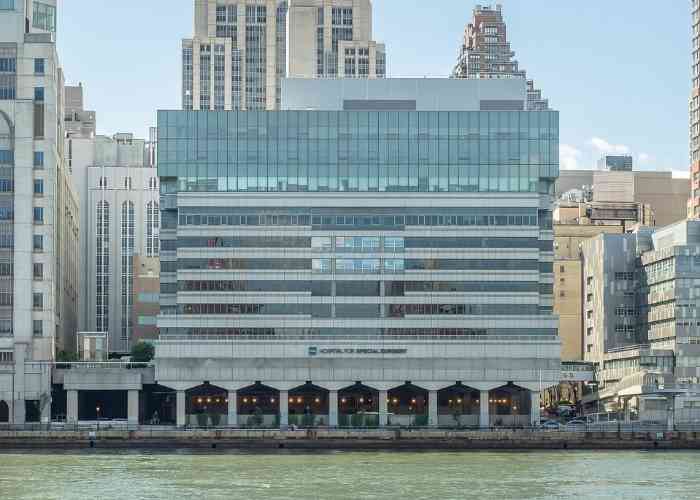What is a biceps tendon injury?
The biceps are two muscles that play an important role in flexing the elbow as well as rotation of the wrist and forearm. These muscles originate at the top of the shoulder and continue along the front (anterior) portion of the humerus (upper arm bone). The upper portion of the biceps muscle is attached by two tendons: 1) the long head of the biceps tendon, which is directly attached to the superior labrum and passes through the shoulder joint; and, 2) the short head of the biceps tendon which is attached to the coracoid process of the scapula (shoulder blade). A proximal biceps tendon injury occurs when the tendon is either torn or frayed away from its attachment site. The long head of the biceps tendon is more commonly injured due to significant wear-and-tear. Dr. Answorth A. Allen, orthopedic shoulder specialist serving patients in Manhattan, New York City, Westchester, Long Island and surrounding areas, has the knowledge and understanding, as well as substantial experience in treating patients who have experienced a proximal biceps tendon injury.

What are the symptoms of a proximal biceps tendon injury?
A sharp and sudden pain located within the shoulder is a common complaint of a proximal biceps tendon injury. Other symptoms include:
- Weakness in the shoulder
- Hearing or feeling a “pop” with the tendon tear
- Bruising of the upper arm
- Weakness when rotating forearm from palm down to palm up and with lifting
- “Popeye muscle”: An obvious visual deformity such as a bulge may be observed along the anterior portion of the upper arm. This is due to the tendon tearing and no longer pulling the biceps muscle taught.
Where does a biceps tendon injury occur?
A biceps tendon injury can occur at the top of the shoulder or at the elbow. A proximal injury (top of shoulder) is a result of extreme wear-and-tear and usually involves the long head of the biceps tendon. This type of biceps tendon injury generally resolves with conservative treatment alone; however, severe tears may require surgical intervention.
How is a biceps tendon injury diagnosed?
After a comprehensive medical history and physical examination, Dr. Allen can diagnose the type and location of a biceps tendon injury. Diagnostic testing, including x-rays and magnetic resonance imaging (MRI), or ultrasound may be requested to identify any damage to the structures within the shoulder.
What is the treatment for a proximal biceps tendon injury?
Non-surgical treatment:
A proximal biceps tendon injury generally resolves with conservative treatment alone. A combination of rest, ice, and non-steroidal anti-inflammatory medications is recommended for pain management. When the pain and inflammation have diminished, participation in a physical rehabilitation program aimed at restoring range of motion and strengthening the damaged biceps tendon is highly encouraged. Patients who do not require full arm strength or function may opt for nonsurgical treatment.
Surgical treatment of Proximal Biceps Tendon tear:
If conservative treatment is unsuccessful for a proximal biceps tendon injury, or a patient continues to experience more severe pain and cramping, Dr. Allen may recommend a minimally invasive surgical procedure using a small camera (arthroscope) to view the muscles and tendons of the shoulder. A small tear may only require removal of the torn or frayed portions of the damaged tendon, a procedure known as debridement. In the event of a large or completely torn tendon, biceps tenodesis may be necessary to remove the damaged portion of the tendon from the shoulder joint and reattach it to the humerus. In the elderly and non-active population, Dr. Allen may recommend a biceps tenotomy procedure. The small incisions that are utilized with an arthroscopic surgical approach create a shorter recovery period for patients to return to their normal daily activities.
Surgical treatment of Distal Biceps Tendon tear:
Surgery is typically performed with the goal of reattaching the distal biceps tendon to its insertion site on the radius bone of the forearm. The procedure is performed through an incision on the front of the arm just below the elbow joint. It is advised to surgically address this injury earlier than later due to complications with scarring and retraction of the muscle and tendon.
Biceps Tendon Specialist

Have you experienced sharp and sudden shoulder pain? If so, you may have experienced a biceps tendon injury. This condition often occurs from wear and tear to the tendons in the shoulder and can be treated surgically and non-surgically. Shoulder specialist Doctor Answorth Allen can provide diagnosis and treatment plans for patients in Manhattan, New York City, Westchester, Long Island and surrounding areas who are experiencing shoulder pain. Contact Dr. Allen’s team today!






